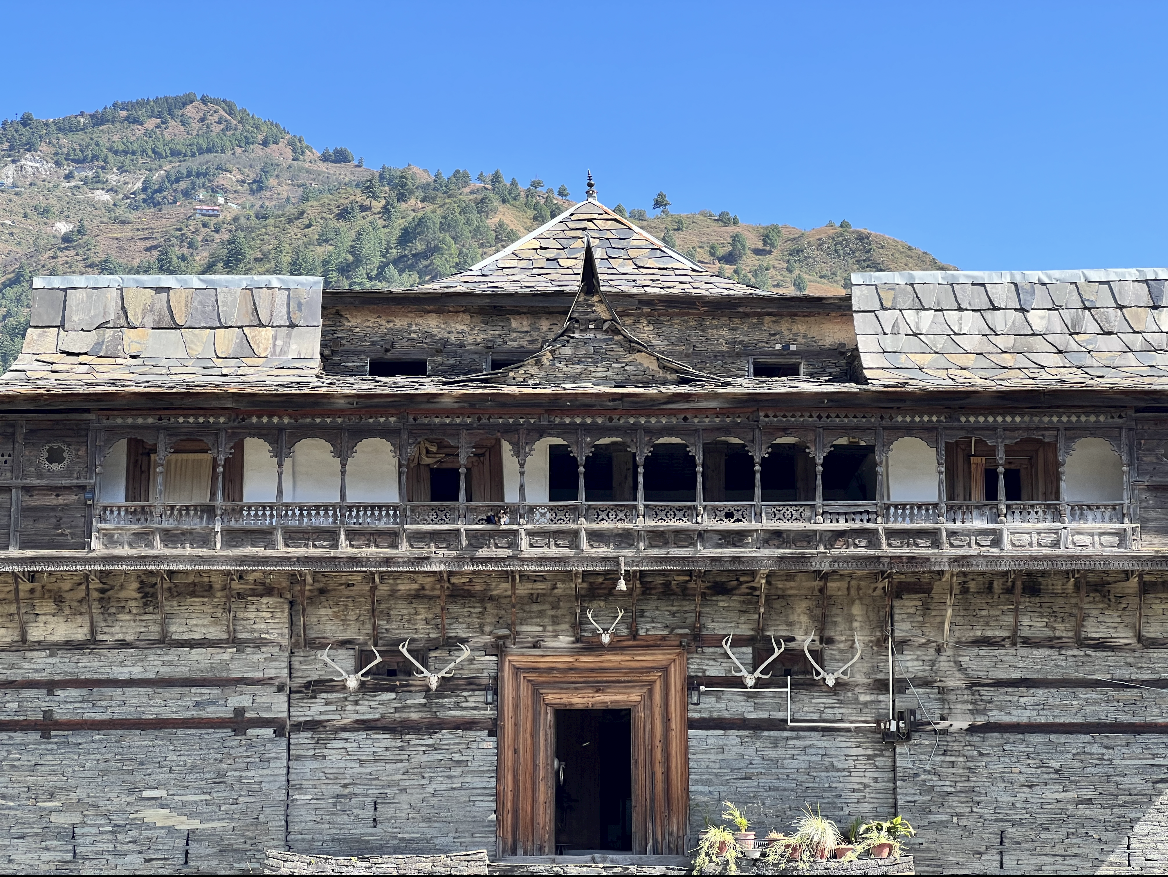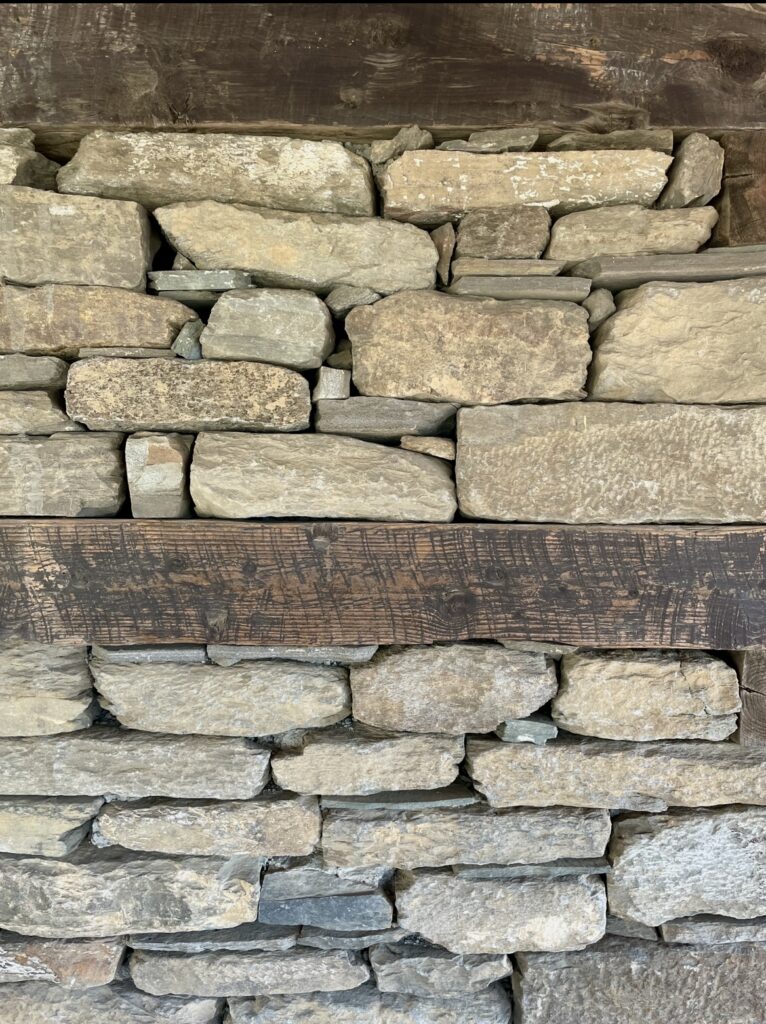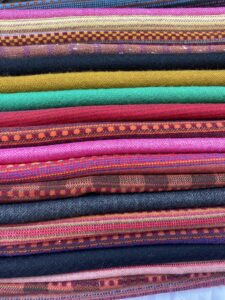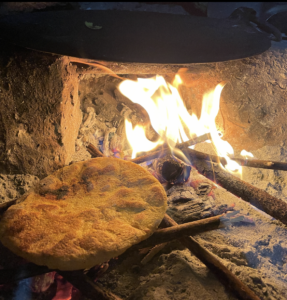
Savoring Harmony: Tirthan Valley’s Native Honey, Where Conservation Meets Sweet Success
In the serene mountains of Tirthan Valley in Kullu, a unique practice is yielding results that not only promote environmental conservation but also generate a





In the serene mountains of Tirthan Valley in Kullu, a unique practice is yielding results that not only promote environmental conservation but also generate a

यथा सुमेरू: प्रवरो नगानां यथाण्डजानां गरुड: प्रधान:I यथा नराणां प्रवर: क्षितीशस्तथा कलानामिह चित्रकल्प” II ४३:३९ II (Viśṇudharamottara Puraṇa) As Sumeru is the best of mountains,

Did you know that certain regions in Himachal Pradesh observe the festival of Diwali not once, but twice a year? Indeed, this unique celebration takes

Imagine it’s winter, and you’re sitting in the sun, enjoying a cozy cup of chai while wrapped in a comfy Kullu shawl. Many people love

If you’ve ever had the pleasure of visiting Himachali households during the winter months, you’ve likely encountered the vibrant sight of individuals donning colorful, hand-

Himachal Pradesh, characterized by its mountainous terrain and varying winter climates from extreme to moderate, has fostered distinctive culinary traditions within the region. The combination